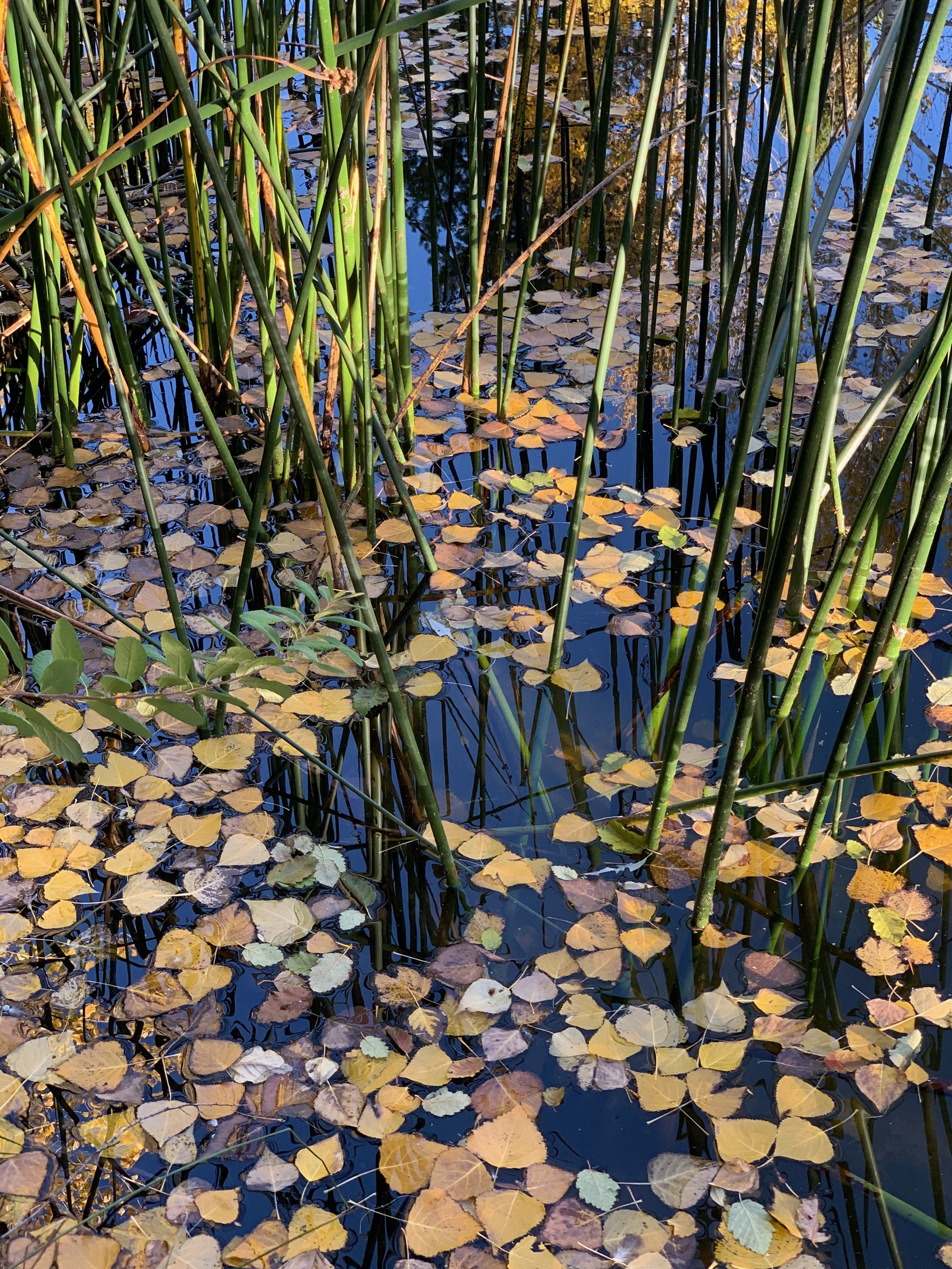
Projects
Here’s a sample of some of our projects over the past few years
Desert Rain, Bend Oregon
Desert Rain is the first residence on the planet meeting certification under all the “petals” of the Living Building Challenge — currently the most stringent green building classification system that exists. This project in the heart of Bend Oregon challenged us to create a completely unirrigated landscape that was resistant to climate change, resilient in response to the unique stressors characteristic of an urban setting, and that was able to provide the aesthetic quality valued by the homeowners. Not an easy task. What we designed and built exceeded all expectations, and provides an example of landscape design and construction using exclusively native species in a way that emulates the structure and ecological function of natural systems. Our biggest challenge was to educate the maintenance company in how to address the unique characteristics of this managed landscape.
Crooked River Riparian Restoration
Most of the Crooked River in central Oregon is classified as a degraded waterway (EPA classification 303(d) under the Clean Water Act). An increase in agricultural production and urban development along the river has resulted in a significant decline in riparian vegetation, an increase in nutrients due to fertilization and grazing in agricultural fields adjacent to the river, and the associated increase in sediment entering the river. There are several efforts underway to reestablish vegetation throughout the corridor, but this specific project was designed to restore a native cottonwood gallery with a site specific understory. The plant choices were based on historical records and reference communities within the same drainage (although few good examples exist). We’re monitoring the site annually to assess success rate and changes to the avian community in the previously overgrazed pasture.
Climate Change Research, Deschutes County
A few years ago during the first heat dome to seriously affect the Pacific Northwest, we noticed a significant decline in the health and vigor of sagebrush (Artemisia tridentata) in the high desert east of Bend, Oregon. Sagebrush is extremely resistant to changes in climatic conditions, and a visible decline in vigor that year was alarming. Since that first heat dome we’ve been monitoring a number of environmental variables and physiological indicators of plant stress to assess the long-term affects of a warming and drying climate on a number of high desert species. Data we’re collecting suggests a few possible mechanisms of decline, and indicates a possible fundamental shift in plant community structure throughout this portion of the High Desert in response to changes in environmental conditions. The work is ongoing.




